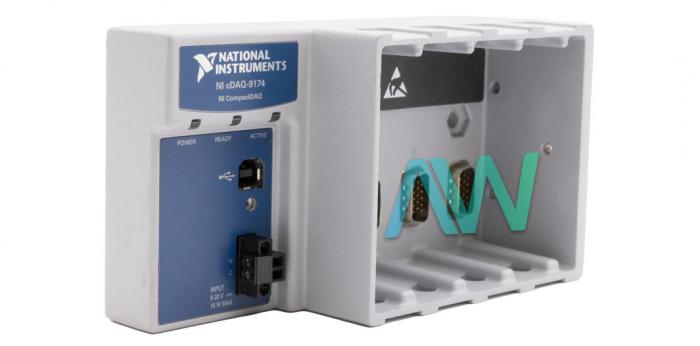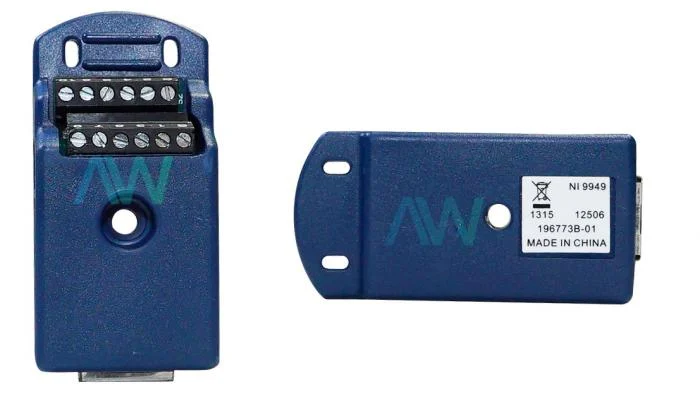Strain is a critical parameter in various test and measurement applications, offering insights into how materials and structures deform under the influence of applied loads. In this blog post, we will explore how to calculate strain from load using NI CompactDAQ test equipment, and dive into the significance of these calculations across different fields.
Calculating Strain from Load
To calculate strain from load using CompactDAQ, you will need the following information:
> The load applied to the object (in Newtons, N).
> The cross-sectional area of the object (in square meters, m²).
> The Young’s modulus of the material (in Pascals, Pa). The Young’s modulus characterizes the material’s stiffness and can be found in material property tables.
The formula for calculating strain is as follows:
strain = load / (cross-sectional area * Young’s modulus)
For example, if you have a steel rod with a cross-sectional area of 0.001 m² and a Young’s modulus of 200 GPa, and you apply a load of 1000 N, the strain in the rod would be:
strain = 1000 N / (0.001 m² * 200 GPa)
strain ≈ 5 µε (microstrain)
In many cases, strain measurement is accomplished using strain gauges, which are versatile devices designed to measure the change in length of an object under load. The strain gauge is attached to the object of interest, and as load is applied, it measures the deformation, allowing for strain calculation.


Applications of Strain Measurement with CompactDAQ
Structural Health Monitoring: Strain gauges are used to monitor bridges, buildings, and other structures for signs of deformation or stress, helping detect potential issues before they become severe.
Aerospace Engineering: Strain gauges are crucial for measuring strain on aircraft components during flight, ensuring safety and optimizing performance.
Automotive Engineering: In automotive testing, strain gauges help measure the strain on various vehicle parts such as frames and suspension components, contributing to enhanced strength and durability.
Manufacturing: Strain gauges are applied to monitor strain on manufactured parts during production, ensuring they meet quality standards.
NI offers two cDAQ Strain and Load Measurement Bundles to assist with testing across various applications. The cDAQ-SL1100 Bundle features the cDAQ-9171 chassis and the NI-9237 bridge input module. For testing applications that need more slots, the cDAQ-SL4201 Bundle features the cDAQ-9174 chassis with the NI-9237. Additionally, both bundles include the NI-9945 terminal block, the NI-9949 RJ-50 to screw terminal accessory, and an RJ50-RJ50 cable.

Benefits of Using CompactDAQ for Strain Measurement
CompactDAQ test equipment offers a host of advantages for strain measurement applications. Firstly, its strain gauge modules are renowned for their precision, ensuring accurate and dependable measurements even in demanding environments. Secondly, the versatility of CompactDAQ systems shines through in their ability to be tailored with various strain gauge modules, making them adaptable to a wide spectrum of applications. Moreover, their portability stands out as a key benefit, as these systems can be effortlessly transported to different test sites, providing flexibility and convenience.
Lastly, the user-friendly nature of CompactDAQ systems simplifies the measurement process, further enhanced by the inclusion of a range of software tools designed for data acquisition, analysis, and visualization. Collectively, these features make CompactDAQ an invaluable tool for those seeking reliable and efficient strain measurement solutions.
Strain measurement plays a pivotal role in understanding how materials and structures respond to external forces. NI CompactDAQ test equipment, along with strain gauges, offers a versatile and accurate solution for measuring strain in various applications, including structural health monitoring, aerospace engineering, automotive testing, and manufacturing. Its reliability, versatility, and ease of use make it an invaluable tool for engineers and researchers seeking to gain insights into the behavior of materials and components under load.
Additional Information







